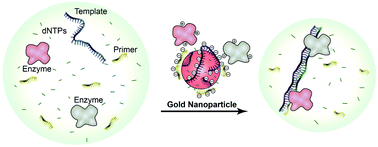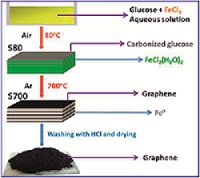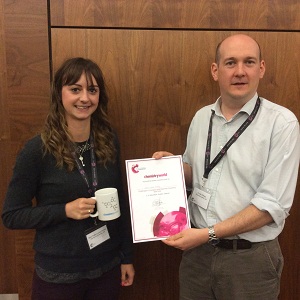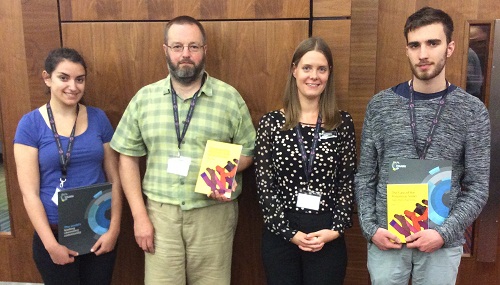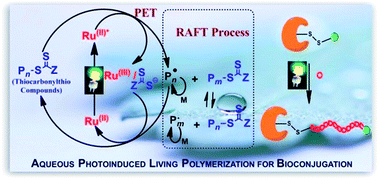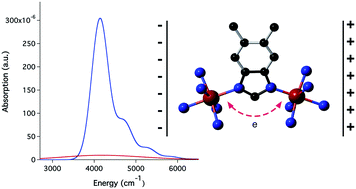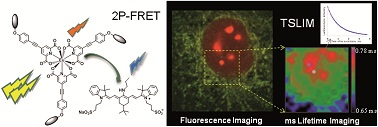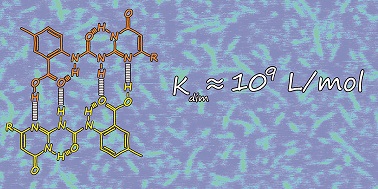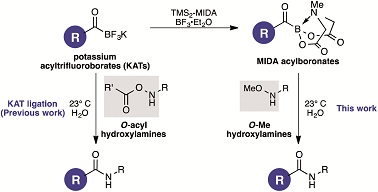 A fluorinated analogue of the naturally occurring aminoglycoside neomycin – well known as an over-the-counter ointment for minor skin abrasions – could lead to a range of much-needed antibiotics in the arms race against aminoglycoside resistant bacteria.
A fluorinated analogue of the naturally occurring aminoglycoside neomycin – well known as an over-the-counter ointment for minor skin abrasions – could lead to a range of much-needed antibiotics in the arms race against aminoglycoside resistant bacteria.
Aminoglycosides have proven indispensable in the treatment of hospital acquired bacterial infections that are particularly difficult to fight in patients suffering from cystic fibrosis and immunodeficiency related illnesses. By binding tightly to a bacterium’s ribosomal RNA (rRNA) in a position known as the A-site, the aminoglycosides disrupt the biosynthesis of proteins necessary for growth, resulting in the bacterium’s death.
Read the full article in Chemistry World»
Read the original journal article in ChemComm – it’s free to access until 16th September:
Synthesis, broad spectrum antibacterial activity, and X-ray co-crystal structure of the decoding bacterial ribosomal A-site with 4′-deoxy-4′-fluoro neomycin analogs
S. Hanessian, O. M. Saavedra, M. A. Vilchis-Reyes, J. P. Maianti, H. Kanazawa, P. Dozzo, R. D. Matias, A. Serio and J. Kondo
Chem. Sci., 2014, Advance Article
DOI: 10.1039/C4SC01626B, Edge Article











